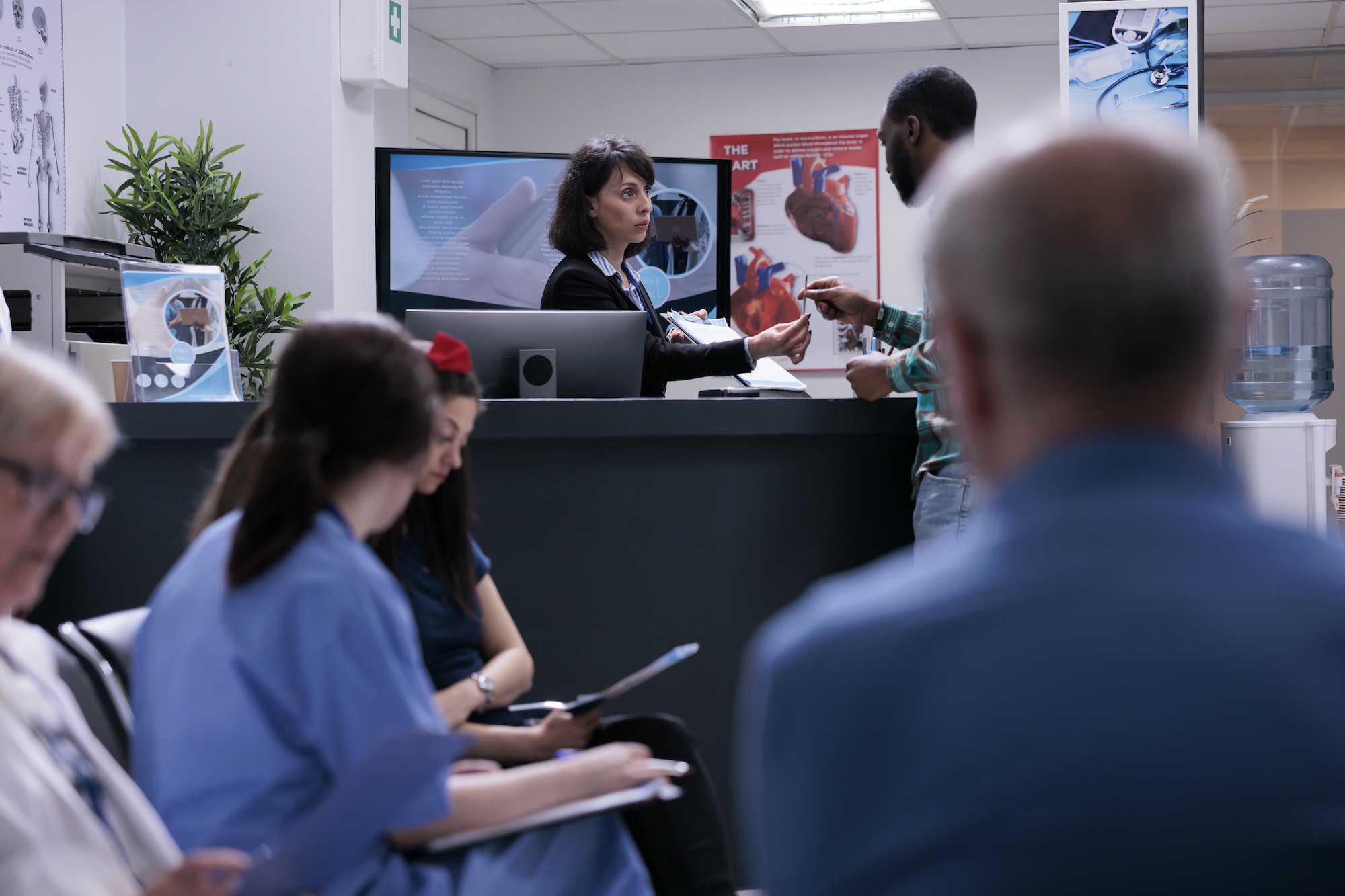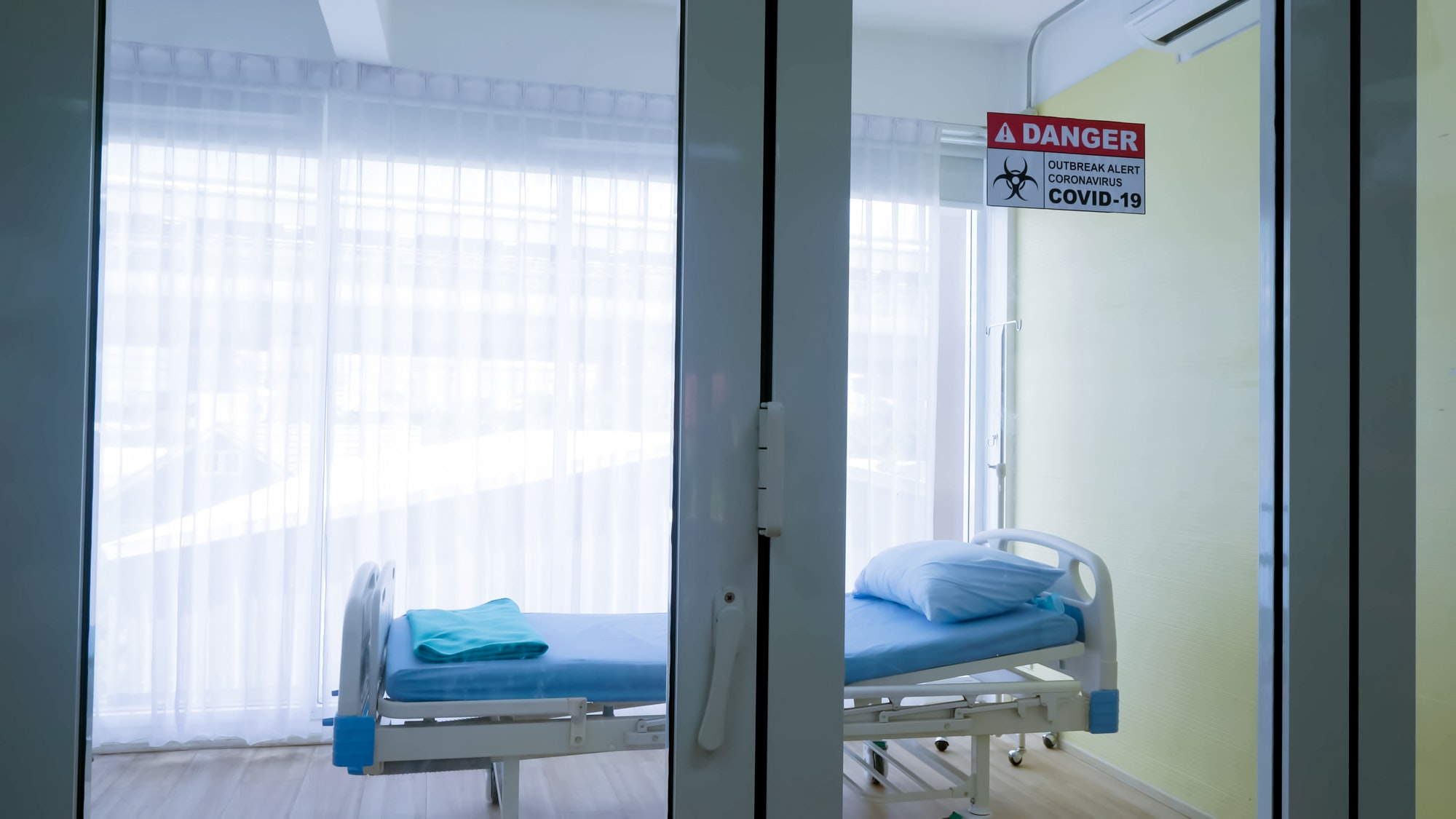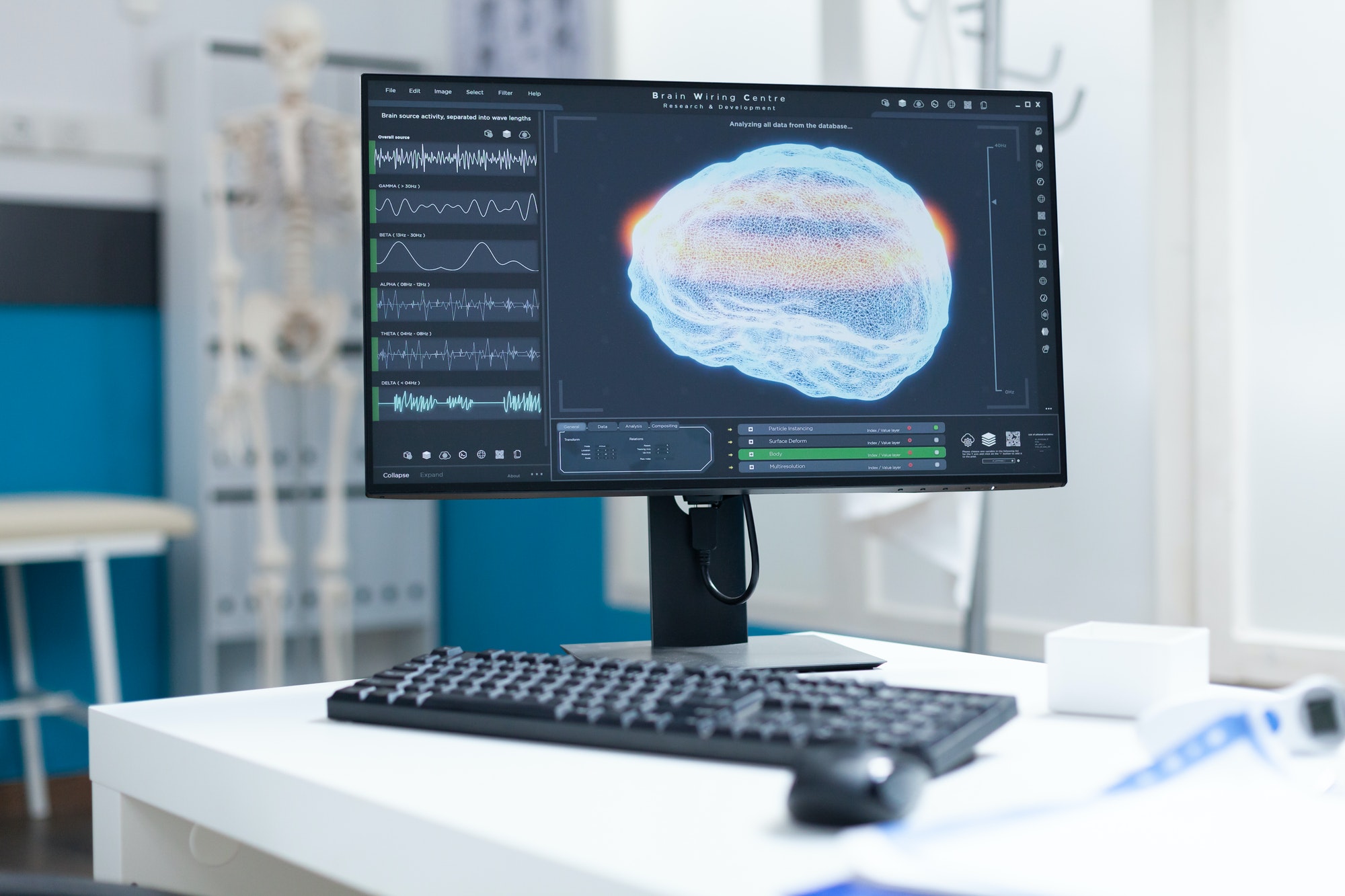DISCLAIMER: The below blog entry was written by an outside, unrelated party and does not necessarily express the opinions or views of or associated with the RemoteICU brand or the individuals associated with the RemoteICU brand. The blog is not necessarily endorsed or supported by RemoteICU nor was the entry reviewed and accepted by individuals associated with RemoteICU. The blog entry is provided simply to address and create interest in topics of import related to telemedicine. Your own independent research and decision-making and seeking of expert / professional opinions are required before you make any decisions whatsoever or form any opinions with respect to any topics addressed therein. By reading the blog entry, you consent to accepting the terms and conditions in this disclaimer.
What is a Tele-Hospitalist?
The tele-hospitalist solution is a budding specialty that gives patients and clinicians critical services from afar by using frontline technology. An example would be providing inpatient care in situations where “in-person” hospitalists are busy or otherwise less available than would be optimal.
Why Tele-Hospitalists?
The addition of tele-hospitalists is a solution to hospitals’ retention and recruitment challenges, especially in rural areas. A core benefit would be using tele-hospitalists as nocturnists. This would enable access to a skilled off-site hospitalist at any time (including at night) and would increase staff retention by relieving after-hours and on-call burdens while lessening burnout. It also saves hospitals the expense of hiring locum tenens physicians. A key benefit is that one tele-hospitalist can be virtually present in multiple hospitals whereas otherwise those multiple hospitals would need multiple additional in-person (bedside) doctors – this can confer major budgetary benefits.
According to a Providence Telehealth report, over 60% of patients in emergency departments (ED) are seen between 7 pm and midnight, making nighttime coverage crucial to patient outcomes. Tele-hospitalist programs efficiently manage resources and maintain patient care around the clock.
There are additional applications of tele-hospitalist medicine, including rounding in the morning and during the day, providing additional support to nurse practitioners, and being available for surges thereby increasing overall clinical capacity of a facility.
As mentioned above, the benefits of tele-hospitalists in rural and remote areas are enormous. A common goal for rural hospitals is to decrease the likelihood of needing to transfer patients to a tertiary care referral center, which is clearly a benefit to patients, the hospital, and the local population. In addition, the tertiary care center is less likely to be unnecessarily burdened with high occupancy levels by freeing up beds for more difficult cases.
Role of the Tele-Hospitalist
The tele-hospitalist visits patients in the same way a typical bedside hospitalist would, except that the patient and physician are not in the same physical location. However, by harnessing technology, patients obtain real-time diagnoses and treatments from off-site physicians who provide the same quality care as on-site hospitalists. Services also cover everything from H&Ps to floor calls, rapid response codes, electronic medical record reporting, entering orders in the hospital’s EMR, and virtual rounds during after-hours to monitor patients.
Again, tele-hospitalists are an essential asset in settings where hospitalists are unavailable. An article published in The Hospitalist newsmagazine, an official publication of the Society of Hospital Medicine, describes the application of tele-hospitalists providing greater access to care beyond the ICU setting. Tele-hospitalists have been utilized to help treat rural, impoverished and underserved populations, the elderly, prisoners, and even researchers in extreme environments which are ordinarily uninhabited.
Tele-hospitalists can streamline patient flow and improve patient and staff satisfaction in EDs. They are able to assist bedside staff when there is a delay in evaluating patients in the ED. They review patient laboratory and radiology results, document findings, and provide assessments and care plans as consultants. Additionally, they can place admission orders while patients are still in the ED and hand them off to the bedside hospitalist through a phone call. All this while saving critical time and, thus, potentially lives.
Are Tele-Hospitalist Programs Viable?
A significant VHA tele-hospitalist study by Gutierrez et al., published in the Journal of Hospital Medicine® in February 2021, succinctly concluded that “tele-hospitalist programs are a feasible and safe way to provide inpatient coverage and address rural hospital staffing needs. Ensuring adequate technological quality and addressing staff concerns on time can enhance program performance.”
In short, tele-hospitalist services enable smaller facilities to provide excellent, cost-efficient, and timely diagnostic and treatment services while providing bespoke patient care.











































